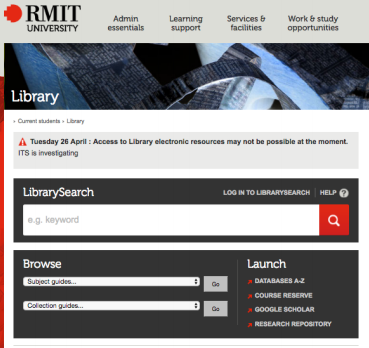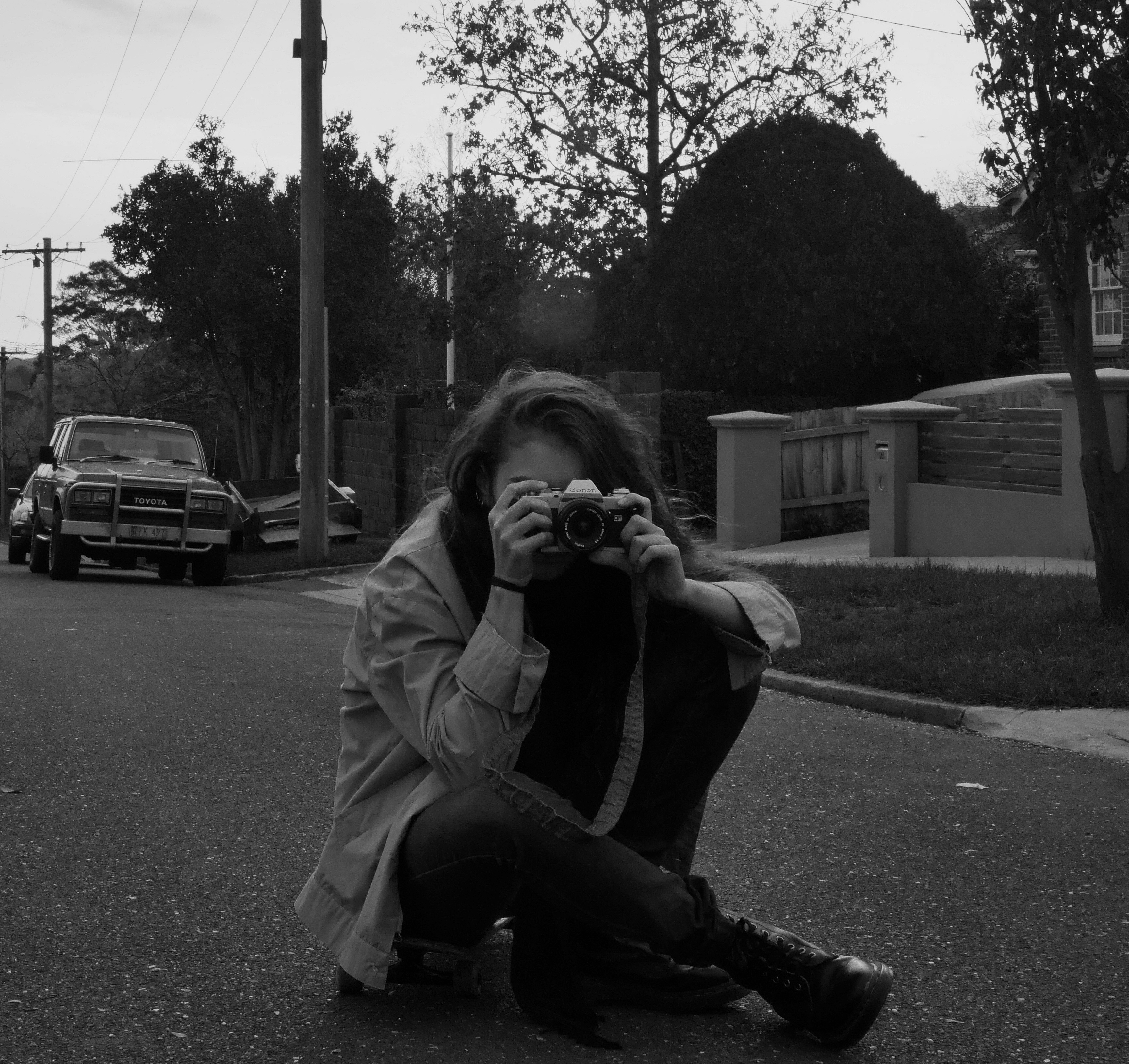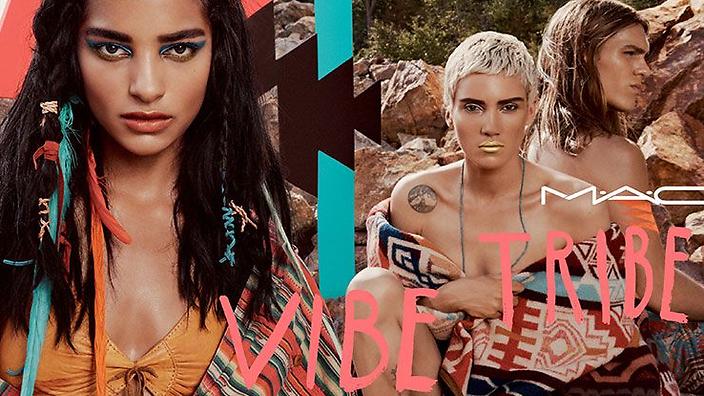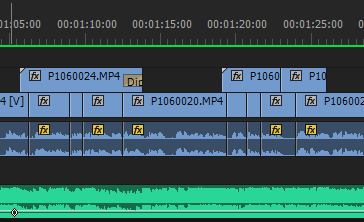- What is the ‘controlling idea’ (Robert McKee) of your portrait? In other words, what is the most interesting thing about your participant/interviewee that you want to communicate?
The participant or interviewee that I’ve chosen (Patrick McGovern) is an aspiring sports photographer who has recently worked in Japan. The main concept I aim to communicate is his experiences throughout his voyage as well as his drive and passion for photography (especially noting his skiing and snowboarding photographs) and what it is to capture the adrenaline.
- How is your portrait film structured? (Remember there might be multiple forms of structure employed) E.g. Discussion and depiction of an event or process? A Journey? Use of voiceover narration? Other?
The journey is represented through a visual interview that includes overlays and voiceovers. The piece begins with a character introduction then introduces the main topic of the piece ‘photographer’ and finally the environment Japan (as well as the experiences surrounding the place).
The piece finishes with a conclusion which states he will return to Japan to continue his work later in the year.
- What do you want your audience to make of your interviewee? (e.g. What are you saying through them and/or human nature, human folly, or noble human inspiration?)
I want to note the interviewees passion to travel and inspiring the audience to follow their own dreams and what inspires them. The audience can learn more about the cultural diversities in travel from a young adults perspective traveling alone and how you make connections along the way. It’s an insight into travelling abroad and following your hobbies in pursuit of the career you truly want.
- How is your portrait being narrated? Why? How does it affect the structure?
The interviewee is the narrator, this adds a personal connection from the subject to the audience, and always the participant to explain his stories with his own words in his own unique style.
- What role will the ‘found footage’ play in your portrait? For example, reinforcement? Ironic counterpoint? Contrast? Comparison? Other?
Found footage: (Snowboarding, Nissim Farin, Archived, FootageIsland (Royalty Free)), (Archived Cycling Korea, Night Cycling Creative Commons Licence) and (Beachfront B-Roll- Camera Lens (Royalty Free Stock Footage)).
The found footage is used in the intro to highlight the interviewees passions, it gives a quick adrenaline rush into what the sports are like and how they look presented by other people in similar environments. It’s a reinforcement but also contrasts the interviewees own footage as they are rapidly paced and his narration is quite slow, this allows the piece to ease up and the audience to be quickly captivated without them slipping away within the opening moments of the short biography.
- Does your portrait have a dramatic turning point?
There are two notable changes, one aesthetically (as well as audibly) which is straight after the introduction and into the found footage and the second being the narrative- which progresses after the photos the interviewee choose to display, this causes the piece to which change pace and give us an insight into the culture, diversity and scenery of the place described (Japan), It also causes a shift in the piece’s tone as he focuses more on his personal experiences travelling abroad rather than the issue of sports photography itself.
- When does this turning point in your portrait and why? At the beginning? At the end? Two-thirds through?
The first, is at the beginning right after the interviewee labels his hobbies and the second which is more notable and less speedy is after the overlay of photographs or during the period they are shown, roughly two thirds into the piece.
- How does your portrait gather and maintain momentum?
Jump Cuts, fast paced imagery and overlays to contrast the narration of the interviewee, including this the audio was mixed to cut out many ‘blank’ spaced moments between speech to give the narration more of a flow and overall pace, this keep the momentum stable and allows the audience to be able to keep attentive.
Also I deliberately choose to change the music from smooth Jazz to upbeat Progressive deep house as it’s a style the interviewee likes but also again helps contrast his voice and create speed to the film, although the lyrics may take away some moments in the piece I increased the audio game (still keeping it equalized) so that you wouldn’t mainly focuses on those vocals.
- Where will your portrait’s dramatic tension come from? The gradual exposition of an overall situation? A volcanic, climactic moment? An impending change or crisis? The contrast between what the interviewee talks about and the found footage?
There are a few climatic moments, the first is with the found footage and music combined to create a rapid change of pace which brings the piece to a difference level, there is then an impending change within the narrative to see where it will venture especially once his photos have been shown and although the interviewee does not talk about the found footage specially it’s speed compared to the speed of his voices goes hand in hand to create a lingering tension in pace which works by balancing out each other.
- Does the portrait have a climax and/or resolution? Outline them.
The piece builds its own tension and climax especially between the visuals aesthetically (fast visuals, slower narration) but also narrative why as the interviewee changes his tone after pondering on his hobbies he begins to speak about his distinct moments in Japan and how he was able to connect with people of a difference, race, sex and those who weren’t even able to speak English, the piece resolves with the fact that he will soon return to Japan to continue what he loves- including photography.




 Now to another note; going back and reediting my work after receiving feedback was difficult at first, I was a little bit confronted with how I would change the pace and what risks I would need to take in order for me to be able to first off add in found footage (as my interviewee didn’t refer to it or the footage I did have him talk about it wasn’t usable to my standards) and secondly create the faster pace. Pace, is important, momentum is important and overall a climax is important and when I went to show my rough draft I knew there was barley an exciting climax or change in the piece.
Now to another note; going back and reediting my work after receiving feedback was difficult at first, I was a little bit confronted with how I would change the pace and what risks I would need to take in order for me to be able to first off add in found footage (as my interviewee didn’t refer to it or the footage I did have him talk about it wasn’t usable to my standards) and secondly create the faster pace. Pace, is important, momentum is important and overall a climax is important and when I went to show my rough draft I knew there was barley an exciting climax or change in the piece.
